"I'm very comfortable with being productive. I like doing things, and I like creating things."
- Jennifer Lopez -
Performances of Beauty and the Beast are almost two weeks out, and Tech Week doesn't begin until the 16th.
Finally having time to catch my breath,
I'll take this opportunity to begin describing the design process and some of the design details of the props I've created for the upcoming production.
NOTE: In this series of design articles, clicking on most images will reveal a full-sized version of the image in case you want to examine the nitty-gritty details.
As inspiration for The Windmill prop,
the director pointed me to the 2017 Disney movie production of Beauty and the Beast. Here's a clip from that movie, showing Belle's father, Maurice, in his workshop working on a Windmill Music Box.
Maurice and his Windmill Music Box
A Disney movie clip via YouTube
Based on initial discussions with the director months ago, I learned what specific elements were essential to her vision for The Windmill prop.
The director did not need or want:
- Detailed internal workings
- Metallic filligree
- Hinged openings
- A music box movement
Her basic requirements were that I create a recognizable windmill with moving, rotating blades. It had to be large enough to be readily seen by the audience, but small enough not to hide a somewhat diminutive Maurice behind it.
As you can see in the next photo,
that's why my version of The Windmill is nothing like the movie version.
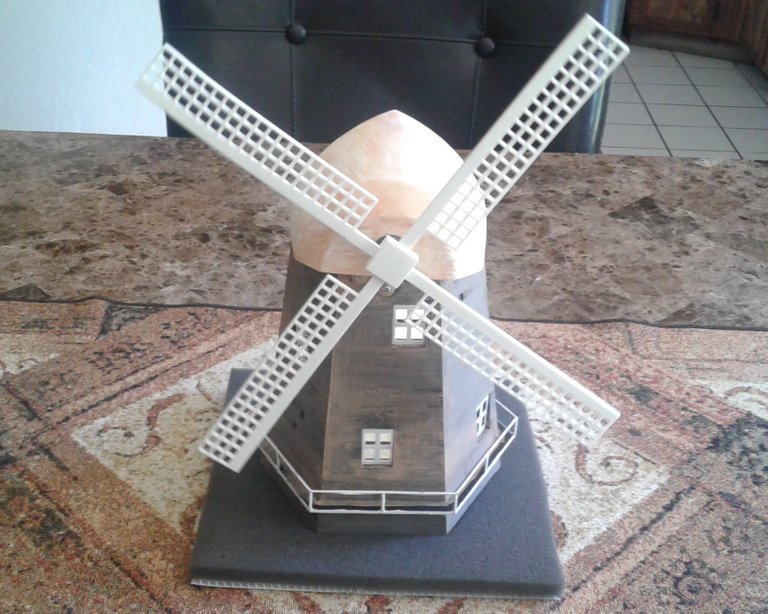
My version of Maurice's Windmill Music Box.
Original image by @creatr
What I've ultimately produced meets the director's fairly simple requirements.
However, from the outset, it has been my desire to make all three of these key props--The Windmill, The Magic Mirror, and The Enchanted Rose--as excellent and "over the top" as possible.
And so, going slightly above and beyond the director's demands, The Windmill is internally illuminated. It also has a removable blade that Maurice can install as part of the action in his workshop scene.
How did I go from concept to final product?
I began with a Google image search for "dutch windmills". Looking at dozens, maybe hundreds of windmill photos, I decided on the features that seemed to me to be most characteristic. I settled on a hexagon for the shape of the footing. Most of the windmills have variably sloping sides, but I simplified that to flat sides.
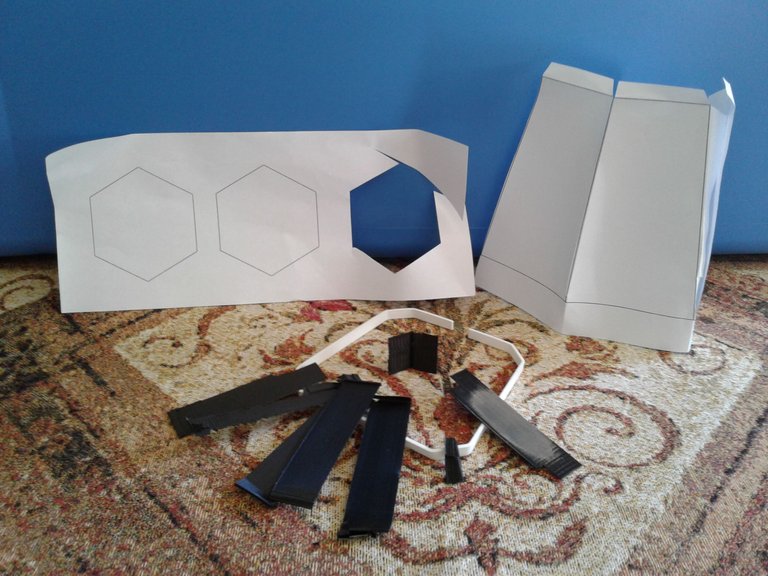
Preliminary paper models and some printed scrap.
Original image by @creatr
I made a preliminary paper model.
The paper model was merely to give me a rough idea of the right size and shape for the prop. Because other theater companies may wish to use a prop like this, I chose to implement most of it with a 3D printer.
3D printing is the bomb.
Designing and implementing with a 3D printer provides amazing options for the maker. For example, it is possible to "slice" out a subset of a design and print only that small part to check how well your design fits. The slender white part in the center of the photo above is a test print of the lower edge of the windmill roof, printed to check how well it would fit at the top of the windmill.
However, gravity influences 3D printing. Design elements like the catwalk that goes around the mill must be temporarily supported by printed material. Sheets and fragments of black plastic in the above image are that support material, now broken off and discarded. However, one piece did double duty as a test subject for the paint job I would later give The Windmill to give it a weathered appearance.
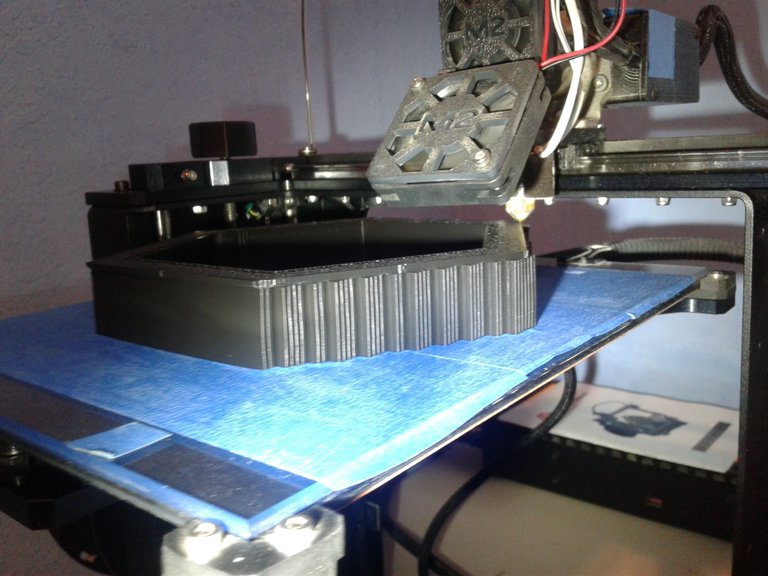
Windmill catwalk support material.
Original image by @creatr
In the photo above, taken during printing,
you can see the support material underneath and holding up the catwalk. It seems like a lot of material to waste, but I guess we're stuck with the waste until we develop anti-gravity 3D printing technology.
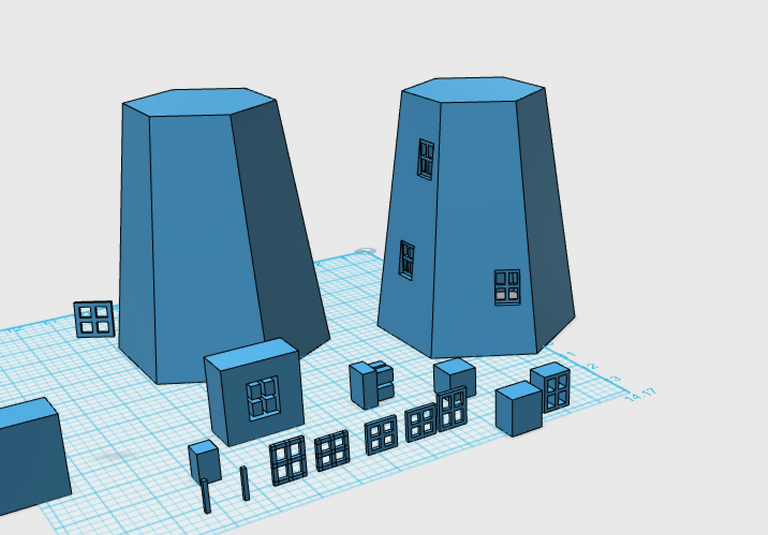
Some Windmill components during the CAD design process.
Original image by @creatr
The Windmill design was created with Autodesk 123D Design, a program that I've been using for about five years. Unfortunately, Autodesk has abandoned the program; however, I'll probably continue using it as long as it works on my computer. Although it has a few glitches and annoying properties, 123D Design is capable of amazing and very detailed design work.
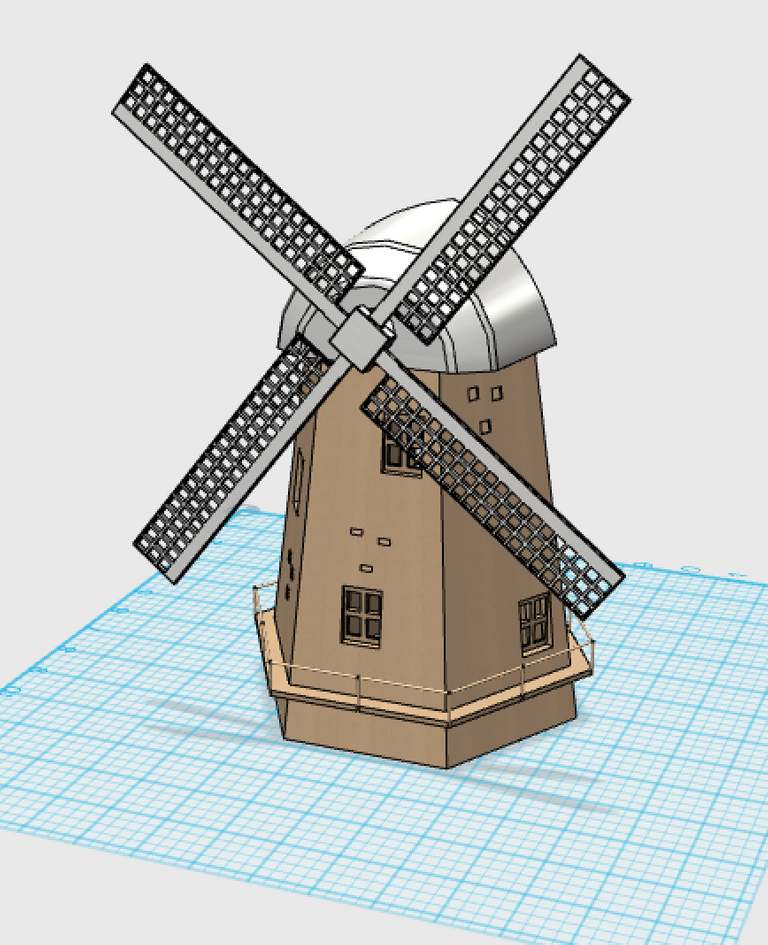
The Windmill Music Box - Design Complete...
Original image by @creatr
The 3D design of The Windmill comprises five components; the windmill body, windmill roof, one of four identical vanes/sails, window frame appliqués, and the hub for the four sails.
Each of the components was designed individually, but in the image to the left (with the exception of the white window frame appliqués), I've assembled them into an image of the final product.
In the photo below, you can see four printed vanes plugged into the central hub.
The hub is designed to fit onto the end of an electric gear motor. This view is of the back side of the rotor. Notice that the hub has a 'D' shaped socket that is designed to fit over the keyed shaft of the gear motor.
Windmill Hub and Four Vanes
Original image by @creatr
See the red marks on one blade?
Not visible to the audience, they are intended to make it easy for the actor to identify which vane to remove and later insert as part of the "Maurice Workshop" scene.
The roof was printed in one piece.
Even more amazing, it was printed without support material. When 3D printing, if you have designed a very gradually changing slope, it is at times possible to "creep" to the side as you go up from one layer to the next, and not have everything collapse.
The Windmill Roof
Original image by @creatr
The roof is a very thin shell, and watching it being printed was something of a nerve-wracking experience. I was quite relieved when it finished printing without collapsing. I probably should have videoed the process.
After the roof was printed, I wiped some paint onto the white plastic roof to give it a weathered appearance.
Also quite amazing, much of the catwalk railing printed without any supporting material. I'd like to ask the people that designed the printing software how they decide where to put support material and where to leave it off.
In our next installment,
we'll look at some of the internal and operational details of The Windmill. Thanks for your interest in this project!
~To Be Continued~
If you're just tuning in, here are previous entries in this series (including ruminations) about prop-making:
"The Ocean of Life" - A Haiku by Duncan Cary Palmer
"When Wandering Wizards Wonder..."
"Finally Out to Sea..." a Haiku by Duncan Cary Palmer
Beauty and the Beast Props - Enchanted Rose ~Teaser~
Beauty and the Beast Props - Magic Mirror ~Teaser~
Beauty and the Beast Props - Windmill ~Teaser~
Beauty and the Beast Props - The Director Is Happy!
Fine-Tuning The Rose for Beauty and the Beast
How I Designed And Built Maurice's Windmill for ~Beauty and the Beast~ Part 1
How I Designed And Built Maurice's Windmill for ~Beauty and the Beast~ Conclusion
How I Designed And Built The Magic Mirror for ~Beauty and the Beast~ Part 1
How I Designed And Built The Magic Mirror for ~Beauty and the Beast~ Part 2
How I Designed And Built The Magic Mirror for ~Beauty and the Beast~ Part 3
P.S. If you have an "in" with anybody at Steemit, Inc. - Would you please ask them to get rid of these damn, extremely annoying "off-website" arrow/boxes? The have, overnight, made Steemit ugly. There are much better solutions.
For more true-life stories, CLICK our Library Stories Shelf.

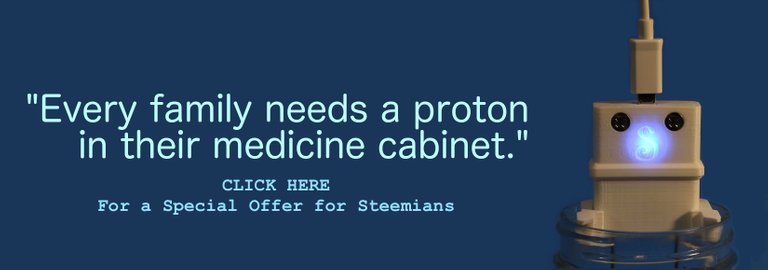
Introducing: The SILVERengines proton
CONTACT US - Will Exchange for Steem - Image by @creatr
You are why I'm here on Steemit!
I have very eclectic interests and hope, over time, to write about them all.
CLICK Each Image Below⬇️⬇️To Check Out @creatr's World⬇️
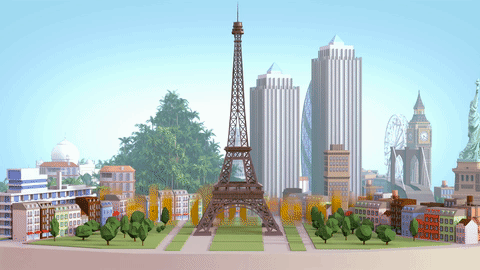
|
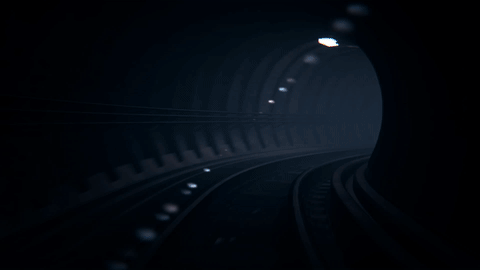
|

|
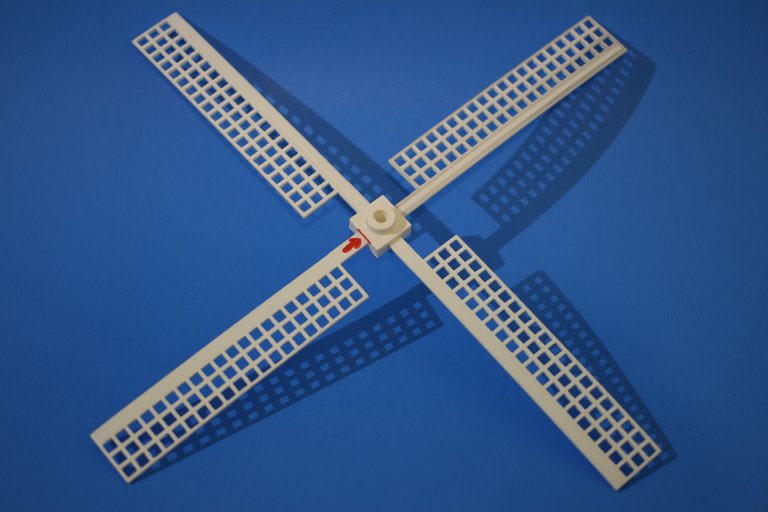
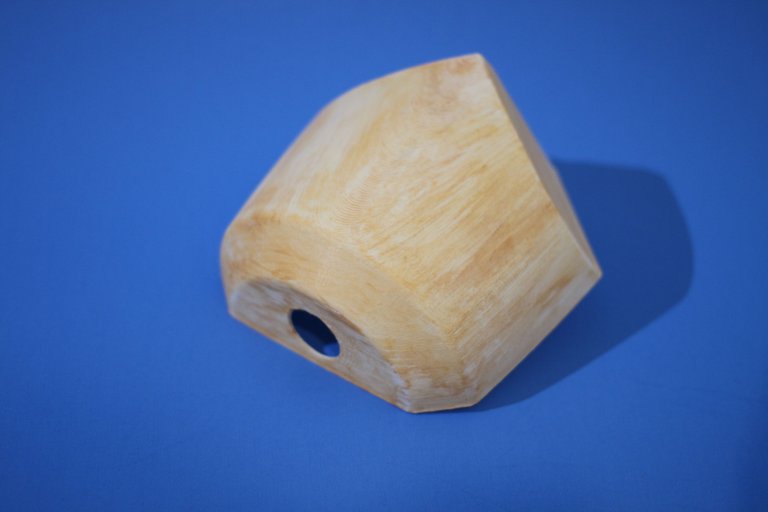

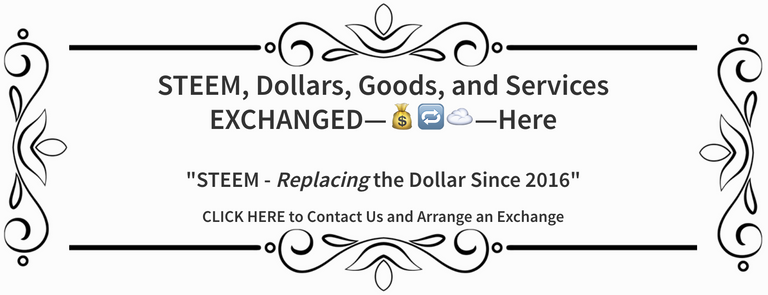
This is informative
This is so cool. i like the simplicity of the the look a lot. Amazing amount of work I'm sure!
Thank you, my friend @lakshmi... :D
This is a really cool process. I've watched 3D printers work, and while there's some magic in that process alone (it's almost hypnotic), the real magic is in the initial prep work (paper models, 3d modelings, the research of what a thing should look like, etc).
Really nice work!
Thanks very much, Neg...
Yeah, the 3D modeling process is quite fascinating. When I first started working with 3D printers and designs several years ago, I was surprised at how I had to change my design thinking. There are things that you can do with an FDM process that simply can't be done any other way, and realizing that kind of explodes your head a bit when you try to wrap your brain around it.
If you have any "maker bones" at all, I can't recommend enough that you get your hands on a printer and fiddle with it.... VERY very cool...
Obviously much work and detail goes into each prop. Using the 3D resources helped. You have talent other can only dream of. Thanks @creatr
I'm curious- how much did the materials cost for each project, and (if it's not too rude) how much did you get paid for the entire job? How often do you get asked to make props? Also how flipping cool that you made a piece that could be removed and replaced- that adds so much to the scene, and to the believability of the prop!
My dear @sunravelme, it is certainly not too rude to ask, and I will likewise trust that you won't consider it too rude if I decline to give you an absolute answer? ;) I will try for some partial answers nonetheless.
This job has been much more a "labor of love" than a money-making venture. ;)
I'd estimate actual materials costs for all three props to be in the $200 ballpark, maybe a little less. In many cases, because I am Maurice, I already had items on hand to use, or surplus items. Also, in many cases, I've spent $$$ on materials that I've ended up not using because they were more or less experiments that didn't work out or that I didn't end up particularly liking.
Although I haven't been literally tracking my hours, I have concentrated on this thing for several months now... Based on what they are actually paying me, I'm sure I'm weighing in at considerably less than minimum wage. However, a great deal of the work has been running down rabbit trails and backtracking. Also a lot of concept and design work. I think that, had I been charging full market rates for my engineering / design labor, I would have had to charge perhaps $10K to $15K for the labor alone, and it would have been a bargain at that. In reality, they're getting these props for far, far less. Which is fine; perhaps they would have been content with far less sophistication in the props, and I'm happy to think that I'm giving them more than they are paying for.
At this point, having the hard design work done and having CAD patterns that I can reprint, I would love to find other theater companies that might want to buy or rent equivalent props. I need to figure out what the market might bear if I do that, and see if the labor it would take me to replicate them would be reasonably compensated.
While I've done some prop work before (for example, an electronic flame) I haven't really marketed my skills to that sector. This project has definitely been the largest and most involved to date.
Thanks for your ongoing interest, and your great questions! :D
Sometimes money can be a tricky question ;) I was mostly curious because I love theatre, and while I probably couldn't act, I think some of the other aspects might be a cool job! It sounds like you don't regularly do this- I wonder if other areas are doing the same play and you might be able to market your props to them? This sounds like quite the labor of love!
Working backstage, @sunravelme, can certainly be very satisfying. And, with your poet's soul, I would be very surprised if you weren't also an outstanding actress... ;)
The director has told me that B&TB is an extremely popular production this year because of the 2017 Disney film, and she has also offered to help me find some other possible outlets for copies of the props. So, we'll see? :D
Like you, I also love theatre, and have for most of my life... I don't know if you saw my true story about my love for the theatre from a month ago?
Seeing that play without a doubt has had a greater impact on my life and thinking than most sermons I've ever heard... ;)
BTW, if I run into you on Discord one of these days, and if you might be inclined to chat for a few minutes, I'd be happy to be more forthcoming about the pecuniary details of the prop job... I just didn't want to put them "out there" in a forum that is as public as this. ;)
😄😇😄
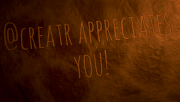
Thanks for your sharing @creatr
I admire this.. Great work you've done here